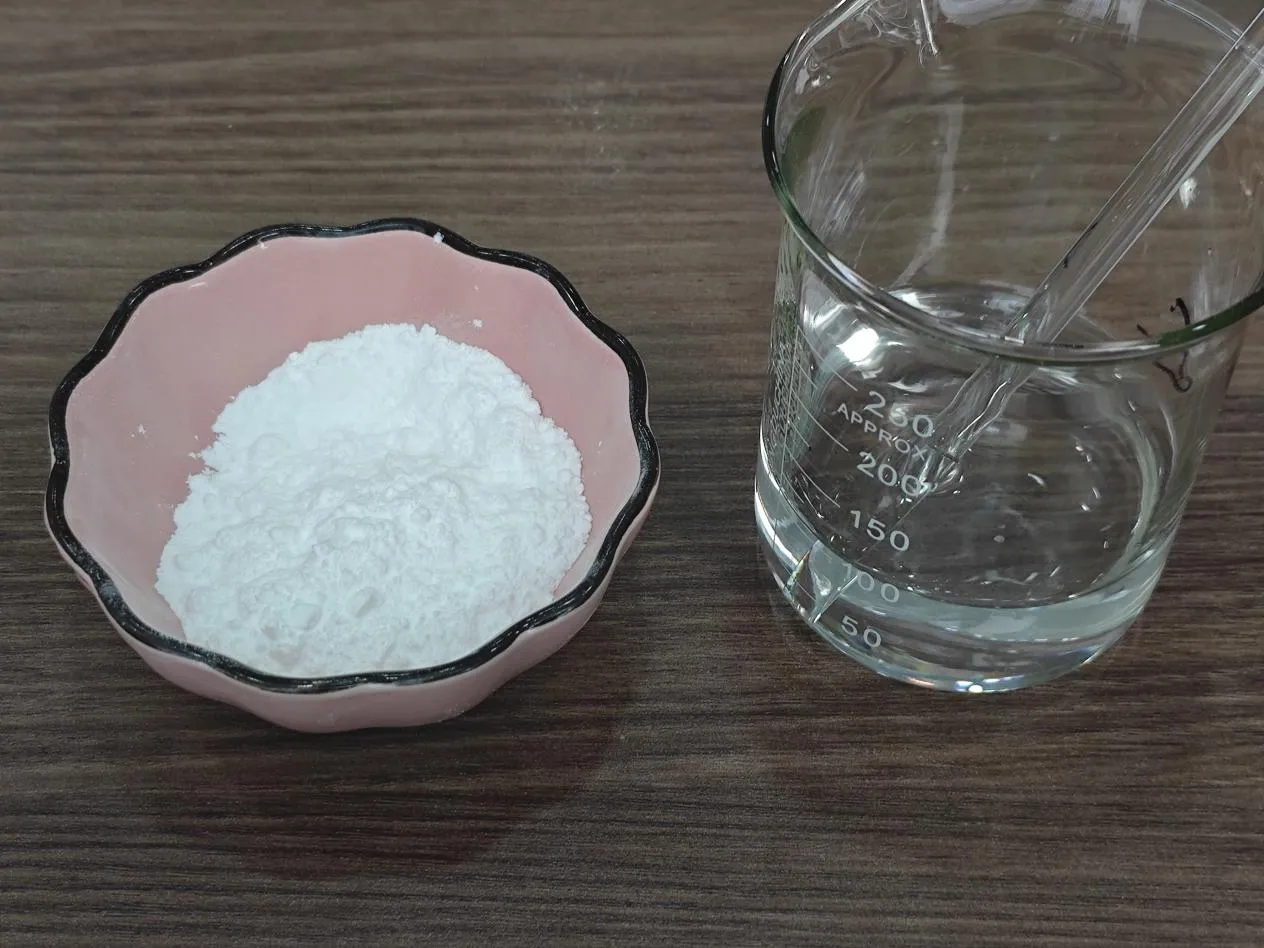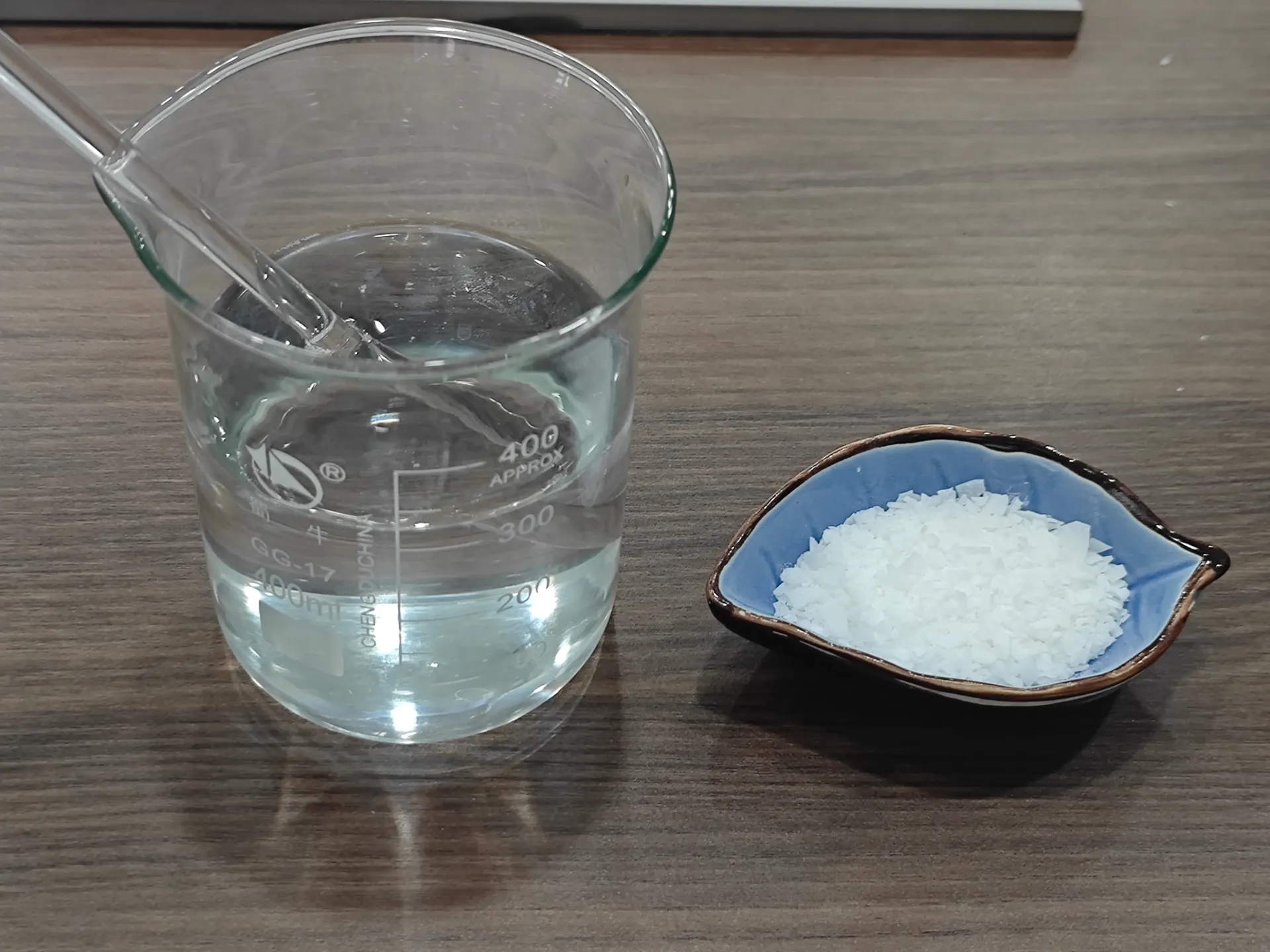
High Quality Methyl Hydroxyethyl Cellulose MHEC Manufacturer Reliable Supplier & Factory
- Understanding methyl hydroxyethyl cellulose mhec
and its chemical structure - The global market demand and industrial relevance of methyl hydroxyethyl cellulose products
- Technical advantages and unique properties of MHEC
- Comparative analysis of major MHEC-methhyl hydroxyethyl cellulose factories
- Customization and formulation flexibility for diverse applications
- Case studies highlighting successful MHEC implementations across sectors
- Future outlook and strategic sourcing for methyl hydroxyethyl cellulose mhec

(methyl hydroxyethyl cellulose mhec)
Overview of methyl hydroxyethyl cellulose mhec: Definition & Chemical Structure
Methyl hydroxyethyl cellulose mhec is a non-ionic, water-soluble cellulose ether derived from natural cellulose through etherification. The chemical structure features a cellulose backbone with methyl and hydroxyethyl side groups, delivering enhanced solubility and improved thickening behavior. These modifications not only increase compatibility with organic and inorganic ingredients but also optimize rheology and surface activity in a wide spectrum of formulations. MHEC is uniquely characterized by the following structural features:
- Degree of substitution (DS): Quantifies the number of methyl and hydroxyethyl groups per anhydroglucose unit, influencing viscosity and solubility.
- Viscosity grades: Available from low to high viscosity, measured in mPa·s, allowing precise formulation tuning.
- Particle size and purity: Directly impact dissolution rate and clarity in finished applications.
These molecular attributes make methyl hydroxyethyl cellulose adaptable for use in sectors like construction, paints and coatings, detergents, personal care, and more. Understanding this underlying chemistry provides the foundation for appreciating its industrial significance and wide-reaching applicability.
Global Market Demand and Industrial Relevance of MHEC
The methyl hydroxyethyl cellulose (MHEC) market has witnessed exponential growth driven by its crucial role as a versatile rheology modifier and binder. In 2023, the global cellulose ether market reached an estimated value of USD 6.9 billion, where MHEC represented nearly 15% by volume consumption. Key sectors leveraging MHEC include:
- Construction: Over 40% of MHEC usage globally, essential for cement-based dry mixes, tile adhesives, and plasters.
- Paints and coatings: 22% share, where its stabilizing and film-forming properties improve performance.
- Detergents and personal care: 12%, contributing to texture and shelf stability.
- Others (Food, Pharmaceuticals): 21%, appreciating the non-toxic and biodegradable profile.
Emerging markets in Asia-Pacific, notably China and India, are experiencing an average annual MHEC demand growth of 5.3% owing to rapid urbanization and expanding construction sectors. Meanwhile, European and North American markets maintain a steady outlook, driven by advancements in sustainable and eco-friendly formulations. Major end-use brands increasingly specify MHEC for its performance reliability and regulatory acceptance.
This demand trajectory is expected to persist as manufacturers intensify investments in upgraded facilities, focus on high-purity grades, and expand R&D for specialized applications.
Technical Advantages and Unique Performance Properties
Methyl hydroxyethyl cellulose is distinguished by its remarkable array of technical and functional benefits, critical to its selection across industries:
- Superior water retention: MHEC helps mortars and cement mixes retain over 95% of their water content during application, minimizing cracking and enhancing open time.
- Outstanding thickening efficacy: At a concentration of 0.5%, it can achieve viscosities up to 70,000 mPa·s (measured at 2% in solution, Brookfield method).
- Improved workability: Creates smooth textures in paints and construction materials, drastically reducing drag and splatter.
- High film-forming capability: Forms flexible, consistent films even at low dosages, boosting surface finish quality.
- Salt, lime, and alkali resistance: Maintains stable viscosity and performance in challenging environments.
These intrinsic properties lead to tangible application benefits: extended open time in adhesives (increasing working time by 25% versus conventional cellulose ethers), reduced segregation in mortars (improving uniformity by up to 30%), and enhanced paint coverage (reducing application cost per square meter).
With such capabilities, methyl hydroxyethyl cellulose is irreplaceable in demanding environments where consistent rheology and functional performance are required.
Competitor Analysis: MHEC-methhyl Hydroxyethyl Cellulose Factory Comparison
Selecting an optimal MHEC-methhyl hydroxyethyl cellulose supplier involves careful analysis of manufacturing technology, quality assurance, production capacity, and after-sales support. Below is a data-driven comparison of leading global factories:
| Factory Name | Annual Production (MT) | Purity (%) | Viscosity Range (mPa·s) | Lead Time (days) | Technical Support |
|---|---|---|---|---|---|
| Dow Chemical | 22,000 | 99.5 | 3,000–80,000 | 28 | Yes |
| Shandong Head | 18,500 | 98.8 | 5,000–75,000 | 21 | Yes |
| LOTTE Fine Chemicals | 15,900 | 99.2 | 2,500–70,000 | 25 | Yes |
| Shanghai Honest | 9,800 | 98.5 | 3,500–60,000 | 23 | Limited |
From the comparison, Dow Chemical and Shandong Head emerge as top contenders due to their advanced process controls, high purity, and quick delivery windows. Technical support is a differentiator, especially for clients needing formulation assistance. Prospective buyers are encouraged to align supplier capabilities with their specific end-use requirements, ensuring consistent supply and product quality.
Customization Opportunities and Tailor-Made MHEC Solutions
The breadth of applications for methyl hydroxyethyl cellulose necessitates a high level of customization. Manufacturers routinely develop tailor-made grades and blends, adjusting key parameters such as:
- Viscosity profile: Customization from 3,000 mPa·s for pumpable mortars to >70,000 mPa·s for thixotropic tile adhesives.
- Particle size distribution: Fine, medium, or coarse for optimal dissolution, dust-free handling, or delayed solubility profiles.
- Additive compatibility: Incorporation of anti-caking agents, colorants, or wetting agents as required by the customer’s formulation.
- Packaging options: From 25 kg multi-ply paper bags to 1000 kg FIBCs, tailored for project or industrial-scale requirements.
Custom solution development includes comprehensive lab support such as application testing, rheological profiling, and stability studies. This collaborative approach allows industrial partners to optimize their own finished-product performance, reduce wastage, and differentiate their brands. In one case, a leading European tile adhesive producer reduced sag and improved open time by 35% after switching to a bespoke high-viscosity MHEC blend developed through this customization process.
With such versatility, MHEC stands as a powerful and adaptable ingredient for manufacturers looking to maximize application value and market reach.
Application Case Studies: Demonstrating Real-World Value
Methyl hydroxyethyl cellulose’s unique qualities are best illustrated through specific industrial case studies. Here are notable examples where its selection drove substantial performance improvements:
- Exterior Insulation and Finish Systems (EIFS) in Construction: Integration of mid-viscosity MHEC (approx. 20,000 mPa·s) increased water retention by 18%, decreased application defects, and reduced overall construction time by 12% on high-rise projects in Southeast Asia.
- Interior Wall Paints Manufacturing: A Fortune 500 coatings company transitioned to high-purity MHEC sourced from a top factory, resulting in increased paint coverage (up 17%), significant splash reduction, and minimized pigment sedimentation during storage.
- Laundry Detergent Formulations: Custom-fine MHEC grades enhanced thickening consistency and clarity, enabling a leading FMCG brand to reduce thickener dosage by 22% while maintaining pourability and consumer appeal.
- Ready-Mix Mortar Plants: In Germany, adoption of a highly dispersible MHEC variant led to a 26% reduction in delamination and improved open time, which increased labor productivity by nearly 15% during peak construction periods.
These outcomes demonstrate that with the right supplier collaboration, MHEC can be strategically leveraged to achieve quantifiable business advantages, reinforcing its position as the preferred cellulose ether in mission-critical sectors.
Future Outlook and Strategic Sourcing for methyl hydroxyethyl cellulose mhec
Looking ahead, demand for methyl hydroxyethyl cellulose mhec is anticipated to outpace many other cellulose ethers as industries seek high-performance, environmentally friendly, and safe chemical solutions. Innovations such as low-dust and instant-dispersing forms are gaining traction among global formulators. Sustainability is also shaping sourcing trends, with manufacturers striving for closed-loop systems, renewable base materials, and cleaner production processes.
Strategic sourcing considerations for buyers include:
- Long-term reliability of factory partners with proven quality control track records
- Access to responsive technical and application support
- Alignment with forward-looking, eco-friendly production standards
- Capacity for both bulk and specialty grade fulfillment
As the market continues to evolve, staying agile and collaborative with top-tier MHEC-methhyl hydroxyethyl cellulose factories will be crucial for market competitiveness and regulatory compliance. For manufacturers and users alike, leveraging technological advancements and robust partnerships ensures ongoing access to world-class methyl hydroxyethyl cellulose mhec products and solutions.

(methyl hydroxyethyl cellulose mhec)
FAQS on methyl hydroxyethyl cellulose mhec
Q: What is methyl hydroxyethyl cellulose (MHEC)?
A: Methyl hydroxyethyl cellulose (MHEC) is a non-ionic cellulose ether used as a thickener, binder, and water retention agent in various industries. It is commonly used in construction materials, paints, and detergents. Its properties improve workability and performance in products.
Q: What are the main applications of methyl hydroxyethyl cellulose (MHEC)?
A: MHEC is widely used in tile adhesives, wall putty, paints, and personal care products for thickening and water retention. It enhances product stability and application properties. Its versatility makes it popular in both construction and chemical industries.
Q: How does MHEC-methyl hydroxyethyl cellulose benefit construction materials?
A: MHEC improves the workability, adhesion, and water retention of construction materials like cement and mortar. It ensures smoother application and longer open time. This results in better durability and finish of the final product.
Q: Where can I find a reliable MHEC-methhyl hydroxyethyl cellulose factory?
A: Reliable MHEC factories can be found in China, India, and other industrial regions specializing in cellulose ether production. Look for factories with ISO certifications and positive client reviews. Direct communication with the supplier helps ensure product quality and consistency.
Q: What should I consider when purchasing methyl hydroxyethyl cellulose (MHEC)?
A: Key factors include viscosity, substitution level, purity, and intended application. Always request a technical data sheet (TDS) from the supplier. Choosing a reputable factory ensures consistent quality and supply.
-
Reliable Powdered Cellulose Supplier: Quality, Sustainability & InnovationNewsNov.24,2025
-
Find Trusted Microfibrillated Cellulose Suppliers for Sustainable Industrial SolutionsNewsNov.24,2025
-
Leading Methocel Suppliers: Quality, Innovation & Sustainability in Methylcellulose SupplyNewsNov.23,2025
-
Reliable Hydroxyethylcellulose Suppliers for Industry & Sustainability | Tangzhi HPMCNewsNov.23,2025
-
Top Ethyl Cellulose Supplier – Quality, Sustainability, and Industrial SupportNewsNov.23,2025
-
Trusted CMC Powder Suppliers for Food, Pharma & Industrial Use | Tangzhi HPMCNewsNov.22,2025





















